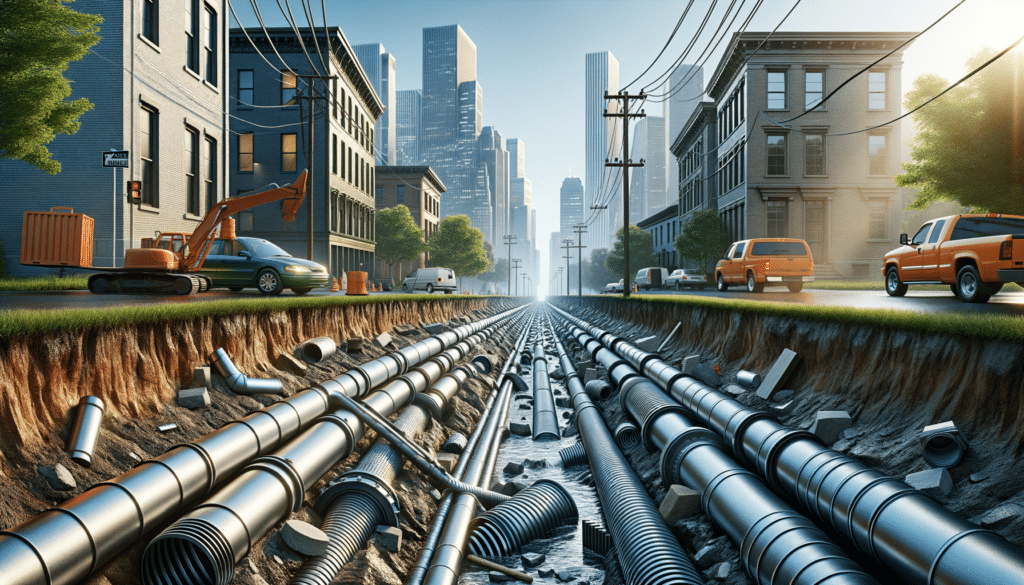Affordable Trench Drains: The Budget-Friendly Solution
Trench drains are a practical solution to manage water flow effectively, ensuring that properties remain free from flooding and water damage. Their affordability makes them accessible to a wide range of users, from homeowners to commercial property managers. By investing in trench drains, you can prevent costly repairs and maintain the integrity of your property.
One of the primary benefits of trench drains is their cost-effectiveness. Compared to other drainage systems, trench drains require less material and labor for installation. This makes them an attractive option for those looking to manage water flow without breaking the bank. The modular design of many trench drains also allows for easy customization, ensuring that they can be tailored to fit specific needs and environments.
When considering trench drains, it’s essential to weigh the initial investment against the long-term savings. By preventing water damage, trench drains can save property owners significant amounts in repairs and maintenance. Additionally, their ability to handle high volumes of water efficiently reduces the risk of flooding, protecting both property and peace of mind.
Benefits of Installing Trench Drains
Installing trench drains offers numerous advantages that extend beyond simple water management. These systems are designed to efficiently channel water away from critical areas, preventing issues such as erosion, foundation damage, and landscape deterioration. By directing water flow, trench drains help maintain the structural integrity of buildings and outdoor spaces.
Another significant benefit is the enhancement of safety. Water accumulation on pathways, driveways, and other surfaces can lead to hazardous conditions, including slips and falls. Trench drains mitigate these risks by ensuring that water is quickly and effectively removed from these areas. This is particularly important in commercial settings where the safety of employees and customers is a priority.
Trench drains also contribute to environmental sustainability. By controlling water runoff, they help prevent soil erosion and reduce the impact on local water systems. This is crucial in urban areas where stormwater management is a growing concern. By incorporating trench drains into your property, you are taking a proactive step towards environmental stewardship.
Choosing the Right Trench Drain System
Selecting the appropriate trench drain system involves considering several factors, including the specific needs of the site, the expected volume of water, and the surrounding environment. The material of the trench drain is a critical consideration. Options include steel, stainless steel, and fiberglass, each offering distinct advantages.
Steel trench drains are known for their durability and strength, making them suitable for areas with heavy traffic or industrial use. Stainless steel, while more expensive, offers superior resistance to corrosion, making it ideal for environments exposed to harsh chemicals or saltwater. Fiberglass trench drains are lightweight and easy to install, providing a cost-effective solution for residential applications.
In addition to material, the design of the trench drain should align with the site’s requirements. Modular systems allow for flexibility and customization, ensuring that the drain fits seamlessly into the existing landscape. It’s also essential to consider the load capacity and grate design, as these factors will influence the system’s performance and longevity.


